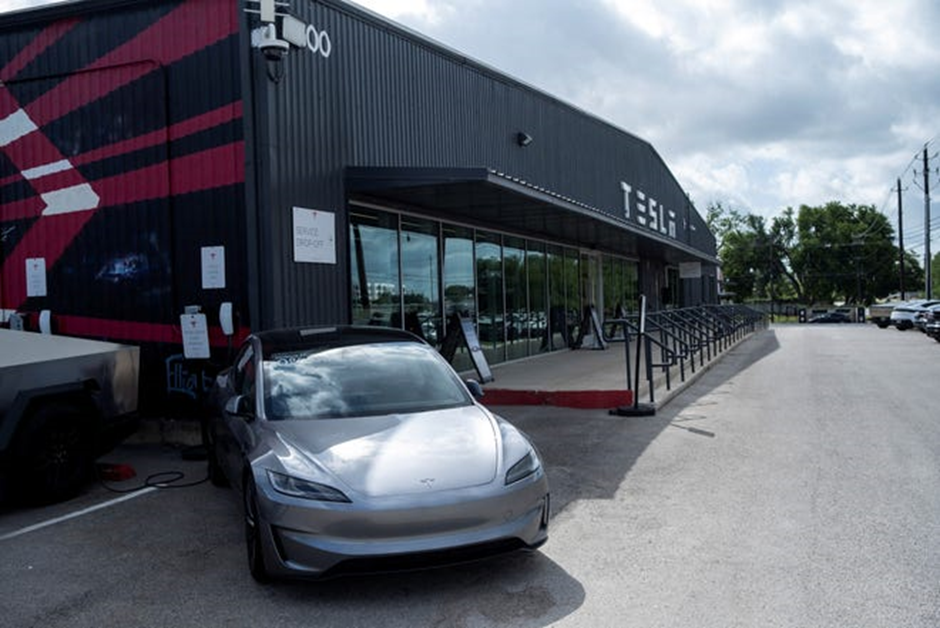Tesla’s Robotaxi Debut in Austin Reveals Growing Pains for Self-Driving Tech

Tesla’s first public robotaxi trial in Austin this week showcased both the promise and perils of autonomous vehicles, with social media footage revealing multiple operational flaws even as company-selected riders largely praised the experience.
Trial Highlights Systemic Challenges
Videos from early test rides document several concerning behaviors:
- Navigation Errors: Vehicles entering wrong lanes (including opposing traffic for 6+ seconds)
- Unsafe Stops: Abrupt braking without obstructions, halting at intersections
- Poor Drop-offs: Passengers exiting in active traffic lanes
- Speed Issues: Both excessive acceleration and unnaturally slow driving
The test fleet of 10-20 modified Model Y vehicles operates with human safety monitors, who intervened in at least one incident when a delivery truck reversed unexpectedly.
Industry Reactions Split
Critics Voice Concerns
Carnegie Mellon’s Philip Koopman: “The volume of erratic driving videos on day one is alarming. This appears underdeveloped for public testing.”
Supporters See Progress
Princeton’s Alain Kornhauser countered: “It handled complex situations competently—arguably better than some human drivers.”
Regulatory and Municipal Response
Austin officials confirmed awareness of the issues, with police collaborating on safety protocols. The incidents add to growing scrutiny of autonomous vehicles in Texas, where Waymo and Cruise previously faced criticism for:
- Blocking emergency vehicles
- Ignoring traffic controls
- Causing pedestrian hazards (Cruise suspended operations after a 2023 accident)
Strategic Stakes for Tesla
With vehicle sales declining, Elon Musk has positioned autonomous tech as Tesla’s financial future, promising:
- Expansion to other U.S. cities in 2024
- “Millions” of fully autonomous Teslas by late 2025
However, the Austin trial’s limited scope—$4.20 rides in controlled areas, avoiding complex intersections/weather—highlights remaining hurdles.
Comparative Industry Landscape
| Company | Status | Key Differentiator |
|---|---|---|
| Tesla | Monitor-supervised trials | Leverages existing consumer fleet |
| Waymo | Paid public rides (via Uber) | No safety driver required |
| Cruise | Operations suspended | Focused on dense urban areas |
User Experience: Cautious Optimism
Former Tesla manager Farzad Mesbahi documented an improper intersection drop-off but concluded: “Clear opportunities for improvement, but fundamentally functional.” Most test riders downplayed issues, focusing on the technology’s potential.
What Comes Next?
- Data Review: Tesla must analyze failures to improve decision algorithms
- Regulatory Dialogue: Austin’s response could shape future testing permissions
- Public Perception: Early mishaps risk eroding trust before wider rollout
As UT Austin’s Kara Kockelman noted: “These are mistakes most AV companies work years to eliminate before public testing.” Tesla’s aggressive timeline now faces real-world validation.
The trial continues under watchful eyes—of regulators, competitors, and consumers awaiting the autonomous future Musk has long promised.